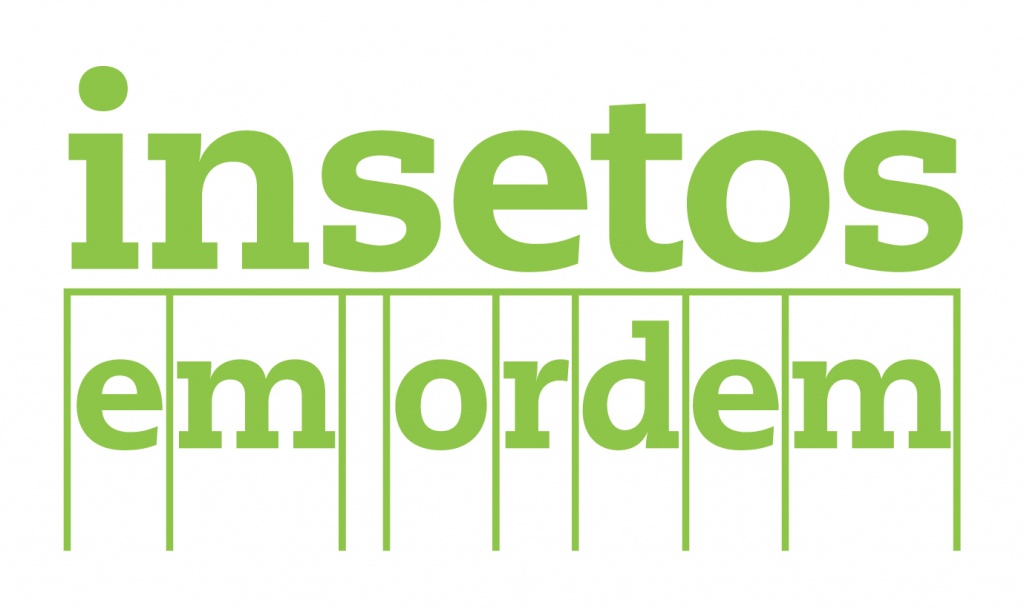Summary:
"Insects in Order" is an exhibition which creates a unique relationship with its visitors. Instead of simply displaying scientific information, the exhibition leads the visitors through the experience of biological identification. Each person receives, at the entrance, a real insect specimen preserved in resin. Then, the visitor must look carefully at the morphology of the insect so that he/she can decide which way to follow on the dichotomous key drawn in space. In the end of each path the visitors can find the order to which the insect of their choice belongs. Thus, in a recreational way, almost like if they were playing a game, the visitors experience the scientific method. The original version of the exhibition opened to the public in 28th May 2010, on the National Museum of Natural History and Science (MUHNAC), in Lisbon. It was part of the program of celebrations of the International Year of Biodiversity (Bioeventos 2010), carried out by the MUHNAC and the Center for Ecology, Evolution and Environmental Changes (cE3c). The exhibition “Insects in Order” was one of the initiatives selected by the Ministry of Education and Science to integrate the program “O Mundo na Escola”, which aims to bring science closer to the school community. The initial exhibition was thus adapted to travel throughout the country. From 2012 to 2016, Insects in Order was in 13 places with 55 000 visitants.
The exhibition itinerancy continued last year at Centro de Ciência da Floresta (Proença-a-Nova) and will have a new opening in 3rd of April 2017 at Instituto Politécnico de Beja. New initiatives and products related are also available: Mini-exhibition for smaller spaces; catalogue and the Insects in Order board game (both in Portuguese).
For more information contact pnpereira@fc.ul.pt
Funding Institution:
Ciência Viva, Fundação para a Ciência e Tecnologia
Partners:
Tagis – Centro de Conservação das Borboletas de Portugal, MUHNAC – Museu Nacional de História Natural e da Ciência
Download:

